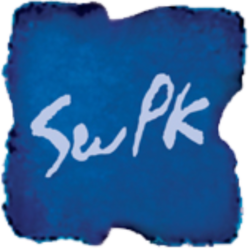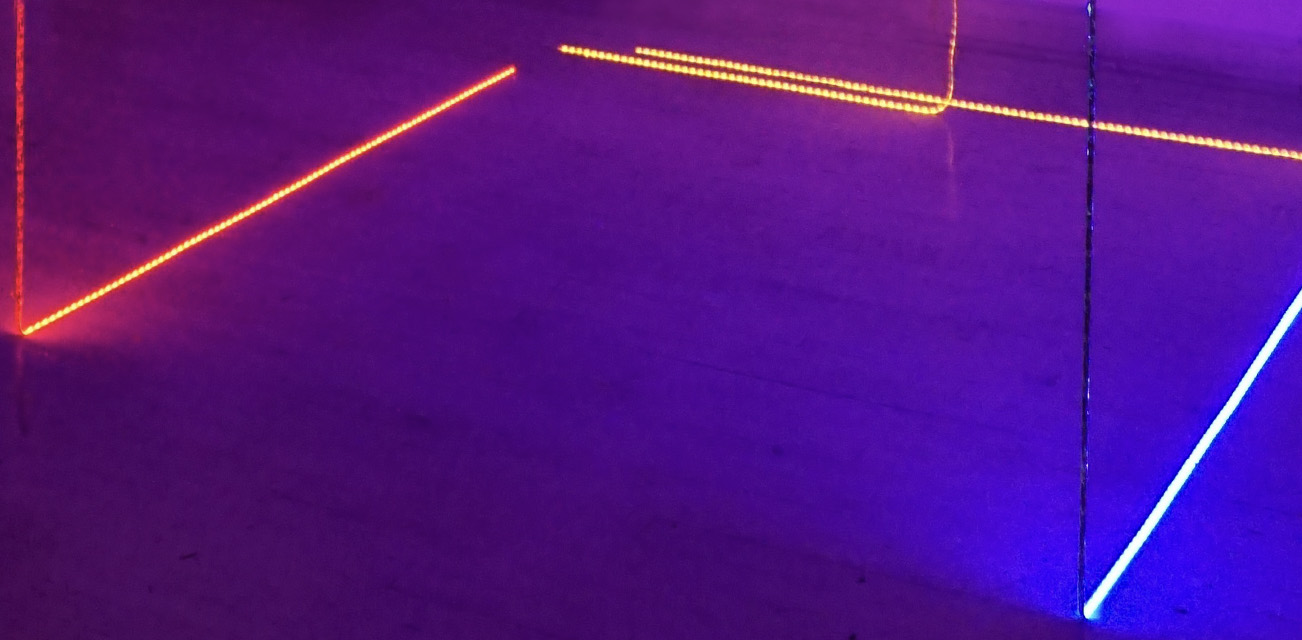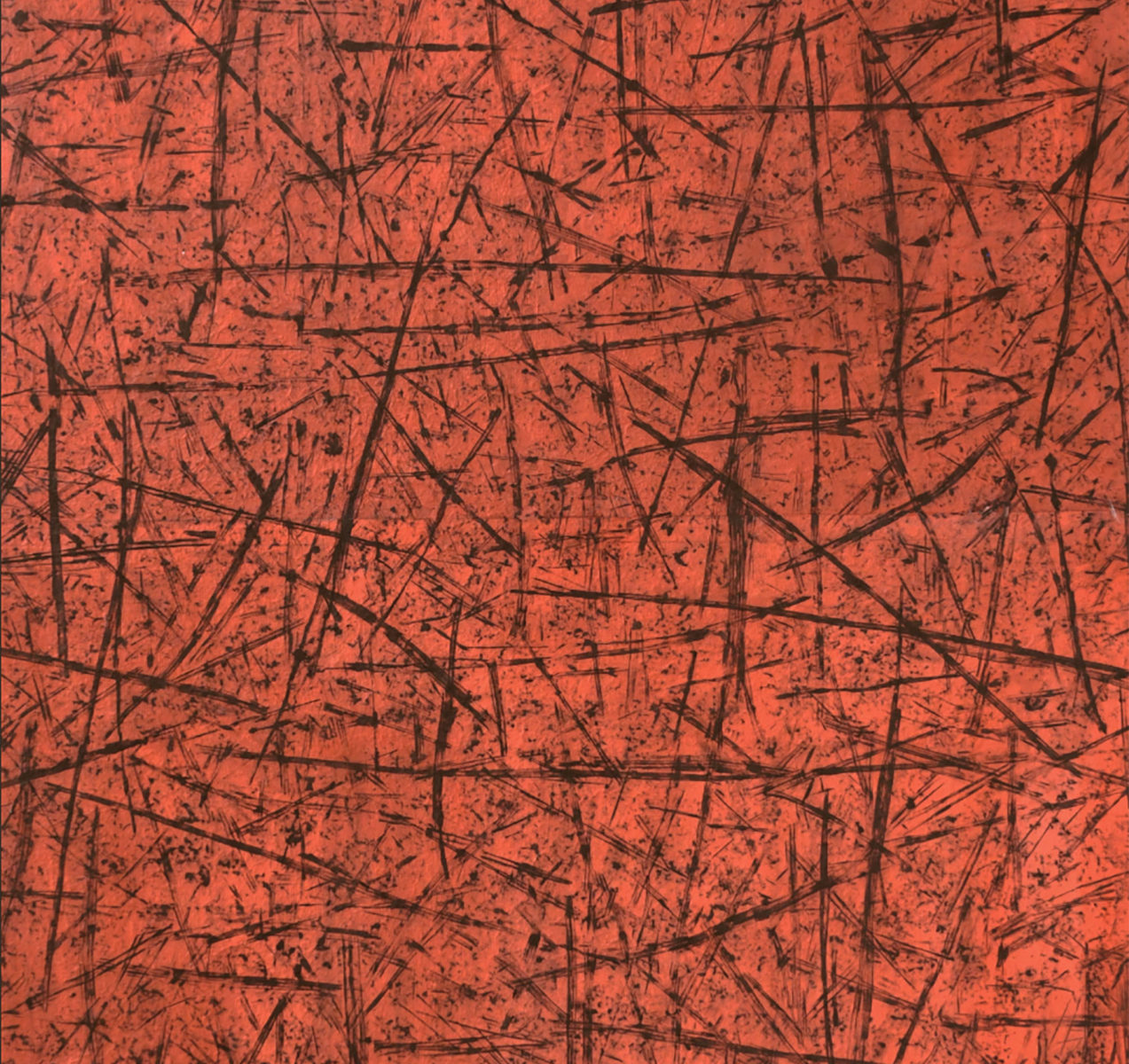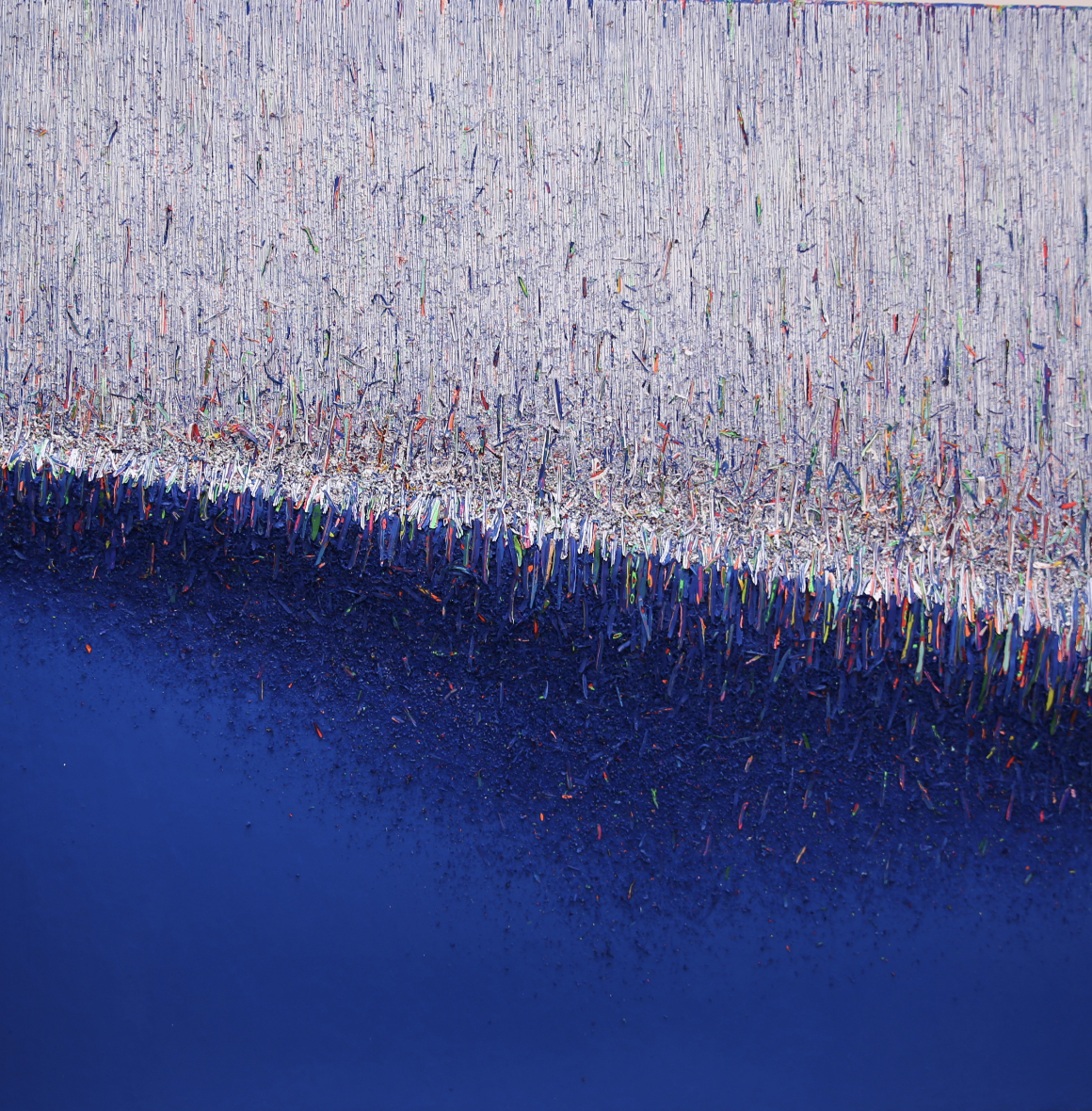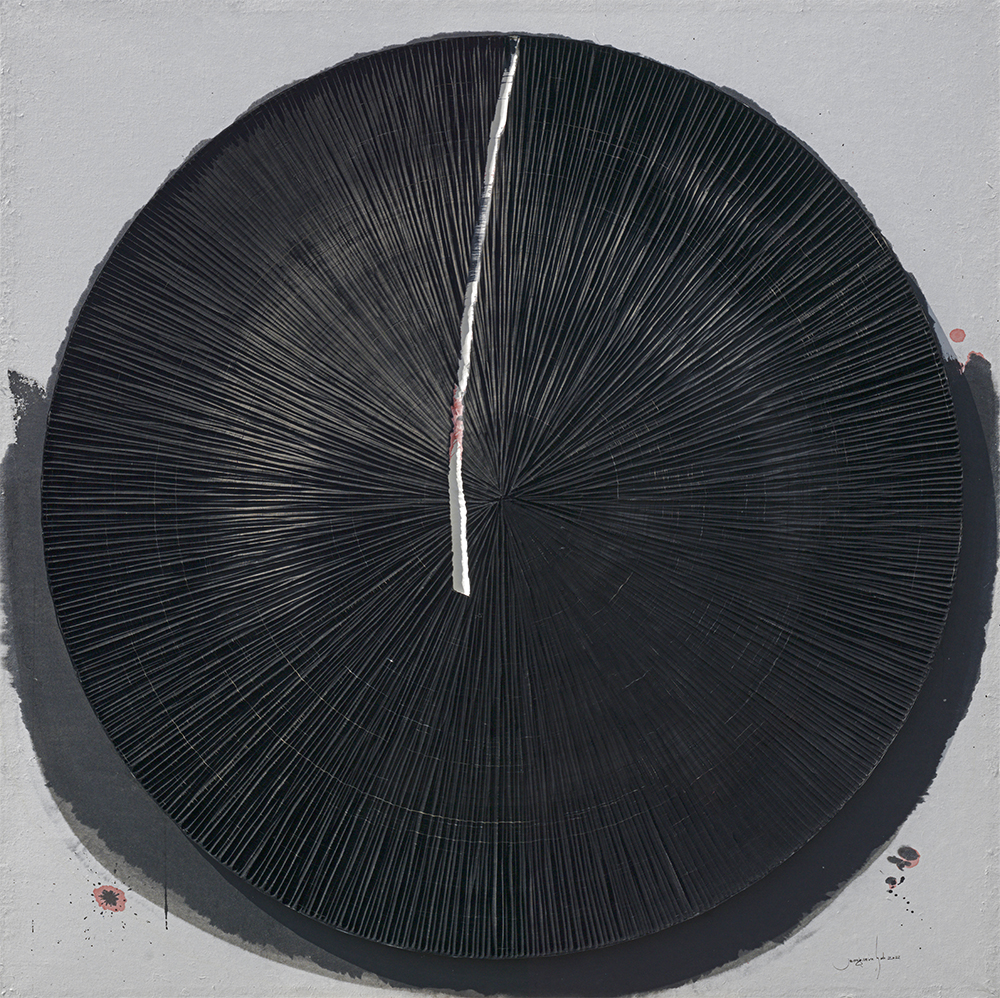
GENESIS
Samuelle Green, Han-Chul Shin, Anthony Wigglesworth
AUGUST 1 – SEPTEMBER 21, 2024
OPENING: THURSDAY, AUGUST 1, 2024, 6-8PM.
SWPK
THE SYLVIA WALD & PO KIM GALLERY
417 LAFAYETTE STREET, 2ND FLOOR, NYC
The Sylvia Wald and Po Kim Gallery is pleased to present the group show, Genesis, on display at the SWPK Gallery from August 1 to September 21, 2024. The exhibition features installations from three artists, Samuelle Green, Han-Chul Shin, and Anthony Wigglesworth. An opening reception with the artists will take place at 6:00pm on August 1.
In striving toward a wholly abstract perfection, the three artists featured in the exhibition, Samuelle Green, Han-Chul Shin, and Anthony Wigglesworth, all allow their work to be sculpted by organic processes of creation and destruction, even as it refuses to directly model the natural world. In their contributions, Green, Shin, and Wigglesworth offer images of nature distorted through the lens of the artist.

The work of Pennsylvania-based artist Samuelle Green (b. 1976) functions within the dialectic between the natural and the manmade. Deeply inspired by the natural world, her sculptural catalog features oft-discarded materials, such as scraps of paper appearing to grow like from gallery walls, sometimes even coalescing in cave-like landscapes in which paper appears as crystal or rock. These works bridge the disparity between the natural and human world, presenting objects which at once appear at once obviously manmade and organic.
Using natural laws as guidelines for her installations, Green looks to reimplement her recycled materials into their environment. Though her work is entirely abstract, they appear organic, calling to mind the natural constructions they mirror, including coral reefs, rock formations, hives, and nests. Green is especially interested in such infrequently noticed assemblies of nature, revivifying them in a process similar to the reconstitution of her materials
In his series Infinite Spheres, Korean artist Han-ChulShin (b. 1958) works to approximate the infinite in various amalgamations of colored stainless-steel spheres, arranged in a molecular structure. Inspired by the sphere as a symbol of wholeness, Shin’s spheres not only contain a wholeness within themselves—he calls them “organisms that contain both yin and yang”—but also, through their metallic luster, reach out to commune with their environment. The mirrored surfaces of each collection’s individual atomic pieces reflect surrounding light, causing reality itself to bounce and ricochet between them in impossibly intricate streams, generating an alternative vision of their immediate environment in the process. The sculptures then serve as engines for a proliferation of possible worlds, modeling the growth of the molecules from which they are shaped.
The synthesis engendered by the spheres’ reflective properties is indicative of a playful cooperation with the laws of nature. Just as each sphere utilizes light’s reflective property so as to betray it, Shin’s “dream-clusters” also possess the paradoxical appearance of weightlessness. Shin’s mastery lies in the sculptures’ ability to be strung up or balanced subtly so that their constitutive pieces of heavy metal are transformed into soap bubbles or balloons.
Shin’s works are pieces of pure abstraction, working not figuratively to model the phenomenal world, but rather in service of affecting it; they alter their surroundings while also serving as a literal looking glass through which another world is possible.

The paintings of Irish artist Anthony Wigglesworth (b. 1979)—sweeping ambient color fields—revel in the act of creation modelled after the natural world, even as they refuse representation in any other capacity. Though purely abstract, Wigglesworth’s paintings often evoke mazes of light as they filter through tide pools, or else hallucinogenic visions from underneath the crest of a wave as it beats against the shore. The brushstrokes of his paintings thus abide by the same natural laws as light itself, inventing a new dimension through which nature can filter its light.
About the artists:
Samuelle Green (b. 1976) is an American multidisciplinary artist whose work largely features recycled materials. Born and based in rural Pennsylvania and educated in Philadelphia and New York, her work has accrued international acclaim for its unique immersivity and naturalism.
Korean artist Han-Chul Shin was born in Yesan, Chungnam, and holds a degree from the Graduate School of Fine Arts, Seoul National University. His sculptures have been featured in solo and group exhibitions around the world.
Anthony Wigglesworth is an Irish visual artist residing in Dublin. Focusing primarily on intricately layered oil paint and ink, his works abstractly evoke the ecstatic motion of the natural world and have been exhibited worldwide.
Genesis is produced in collaboration with the Donghwa Cultural Foundation.

